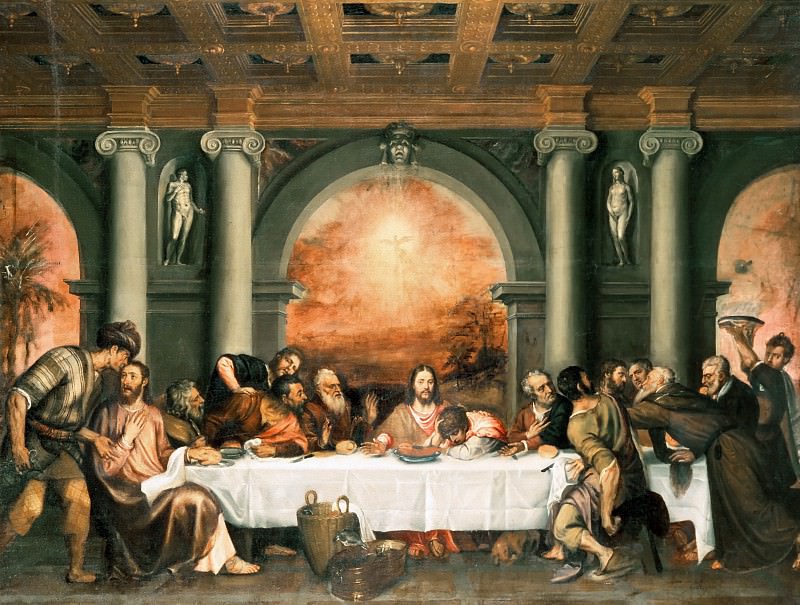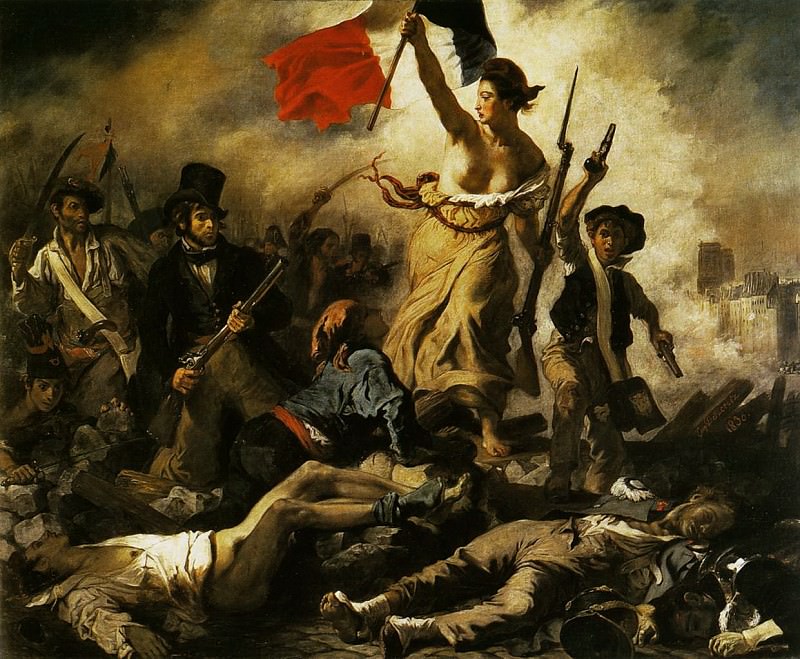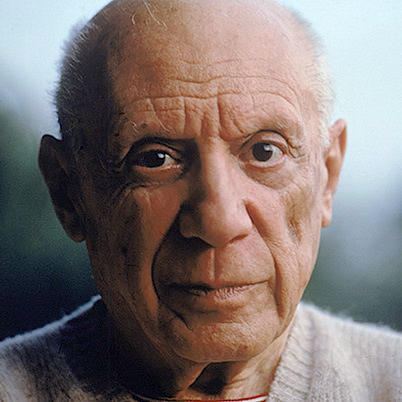Eduardo Kac: Pioneering the Intersection of Art and Technology
Eduardo Kac, a Brazilian-American artist, has long been at the forefront of blending art and technology, creating works that challenge our perceptions of both. Known for his innovative use of media, Kac's work spans a range of disciplines, from bio art to telecommunications, often exploring the relationship between the human and the non-human, the natural and the artificial. His art is not just a commentary on technology but a deep interrogation of what it means to be human in an increasingly digitized world.
Kac first gained international attention in the late 1990s with his groundbreaking work "Genesis" (1999), a transgenic artwork that integrated art, biology, and ethics. In this piece, Kac encoded a biblical passage from the Book of Genesis into a synthetic gene, which was then inserted into a bacterium. Viewers could influence the mutation of the gene by interacting with the installation online, demonstrating how art, science, and technology could converge to create new forms of expression. This work was a radical departure from traditional art forms, positioning Kac as a pioneer in the field of bio art.
Kac's work often explores the boundaries between life forms, questioning the ethics and implications of biotechnology. One of his most controversial and well-known projects is "GFP Bunny" (2000), which involved the creation of a genetically modified rabbit named Alba. This rabbit, engineered to glow green under certain lighting conditions due to the introduction of a jellyfish gene, sparked widespread debate about the role of art in scientific experimentation and the moral responsibilities of artists working with living organisms. Kac's intent was to provoke a dialogue about the nature of life, the manipulation of genetics, and the future of biotechnology. He succeeded not only in creating a visually arresting piece but also in challenging the boundaries of what is considered acceptable in both art and science.
Eduardo Kac's art is not confined to biological experimentation; he is also a pioneer in the field of telepresence and telecommunications art. In the early 1990s, Kac began exploring the possibilities of telepresence, a technology that allows a person to experience a location remotely through robotic systems. His work "Teleporting an Unknown State" (1994) exemplifies this exploration. In this piece, Kac used the internet to send light from a distant star to a seed, allowing it to germinate in a gallery space. This work was a meditation on the interconnectedness of life and the vastness of the universe, highlighting how technology can bridge distances both literal and metaphorical.
Kac's interest in telecommunications as an artistic medium is also evident in his "Ornitorrinco" project, a series of works created between 1989 and 1996. In this project, Kac used a robotic system to create a telepresence experience where participants could control a robot in a remote location via a computer network. The project was one of the first of its kind, anticipating the rise of the internet as a space for artistic exploration. Kac's work in this area is significant not only for its technical innovation but also for its philosophical implications, as it raises questions about the nature of presence, identity, and interaction in a digital age.
Beyond his work in bio art and telepresence, Kac has also made significant contributions to the field of digital poetry. His "Holopoetry" series, which began in the 1980s, uses holography to create poems that change depending on the viewer's perspective. This innovative use of holography challenges traditional notions of poetry as a static form, introducing a dynamic, interactive element that reflects the complexities of language and perception. Kac's holopoems are not just visual works; they are multisensory experiences that engage the viewer in a dialogue with the text, the space, and the technology itself.
Eduardo Kac's influence extends beyond his individual works. He has been a key figure in the development of new media art, a field that encompasses a range of practices from video art to interactive installations. His work has been exhibited in major museums and galleries around the world, including the Museum of Modern Art in New York, the Centre Pompidou in Paris, and the Tokyo Metropolitan Museum of Photography. Kac has also been the subject of numerous academic studies and has written extensively on the intersections of art, science, and technology.
Kac's contributions to the art world are not just limited to his own creations; he has also been a mentor and educator, influencing a new generation of artists who are exploring the possibilities of new media. As a professor at the School of the Art Institute of Chicago, Kac has played a crucial role in shaping the curriculum of one of the leading art schools in the United States, ensuring that the next generation of artists is equipped to engage with the rapidly changing technological landscape.
One of the most intriguing aspects of Kac's work is his ability to provoke thought and discussion about the ethical dimensions of art and technology. His work often forces viewers to confront uncomfortable questions about the implications of scientific advancement, the boundaries of artistic expression, and the responsibilities that come with the creation of new life forms. Kac's art is not just about aesthetics; it is about pushing the boundaries of what art can be and what it can do in the world.
In recent years, Kac has continued to explore new territories in art and technology. His "Inner Telescope" (2017) project, created in collaboration with the French Space Agency, involved sending an artwork to the International Space Station. This piece, which was constructed in zero gravity by the astronaut Thomas Pesquet, is a testament to Kac's ongoing fascination with the possibilities of art in new environments. "Inner Telescope" is not just a symbol of human creativity but also a statement about the expansion of art beyond the confines of Earth, into the vastness of space.
Kac's work is a reminder that art is not just a reflection of the world but a force that can shape it. His pioneering use of technology challenges us to think differently about the relationship between humans and machines, life and artificiality, the earth and the cosmos. As we move further into the 21st century, Kac's work remains as relevant as ever, a testament to the power of art to engage with the most pressing issues of our time.
In conclusion, Eduardo Kac is a trailblazer in the world of contemporary art, whose work transcends traditional boundaries and redefines the possibilities of artistic expression. Whether through bio art, telepresence, digital poetry, or space art, Kac continues to challenge our perceptions and expand our understanding of what art can be. His work is a testament to the power of innovation, the importance of ethical reflection, and the endless possibilities of human creativity in the face of technological advancement. Kac's art invites us to imagine new futures and to consider the profound ways in which technology is reshaping our world, our lives, and our very sense of what it means to be human.
Eduardo Kac, a Brazilian-American artist, has long been at the forefront of blending art and technology, creating works that challenge our perceptions of both. Known for his innovative use of media, Kac's work spans a range of disciplines, from bio art to telecommunications, often exploring the relationship between the human and the non-human, the natural and the artificial. His art is not just a commentary on technology but a deep interrogation of what it means to be human in an increasingly digitized world.
Kac first gained international attention in the late 1990s with his groundbreaking work "Genesis" (1999), a transgenic artwork that integrated art, biology, and ethics. In this piece, Kac encoded a biblical passage from the Book of Genesis into a synthetic gene, which was then inserted into a bacterium. Viewers could influence the mutation of the gene by interacting with the installation online, demonstrating how art, science, and technology could converge to create new forms of expression. This work was a radical departure from traditional art forms, positioning Kac as a pioneer in the field of bio art.
Kac's work often explores the boundaries between life forms, questioning the ethics and implications of biotechnology. One of his most controversial and well-known projects is "GFP Bunny" (2000), which involved the creation of a genetically modified rabbit named Alba. This rabbit, engineered to glow green under certain lighting conditions due to the introduction of a jellyfish gene, sparked widespread debate about the role of art in scientific experimentation and the moral responsibilities of artists working with living organisms. Kac's intent was to provoke a dialogue about the nature of life, the manipulation of genetics, and the future of biotechnology. He succeeded not only in creating a visually arresting piece but also in challenging the boundaries of what is considered acceptable in both art and science.
Eduardo Kac's art is not confined to biological experimentation; he is also a pioneer in the field of telepresence and telecommunications art. In the early 1990s, Kac began exploring the possibilities of telepresence, a technology that allows a person to experience a location remotely through robotic systems. His work "Teleporting an Unknown State" (1994) exemplifies this exploration. In this piece, Kac used the internet to send light from a distant star to a seed, allowing it to germinate in a gallery space. This work was a meditation on the interconnectedness of life and the vastness of the universe, highlighting how technology can bridge distances both literal and metaphorical.
Kac's interest in telecommunications as an artistic medium is also evident in his "Ornitorrinco" project, a series of works created between 1989 and 1996. In this project, Kac used a robotic system to create a telepresence experience where participants could control a robot in a remote location via a computer network. The project was one of the first of its kind, anticipating the rise of the internet as a space for artistic exploration. Kac's work in this area is significant not only for its technical innovation but also for its philosophical implications, as it raises questions about the nature of presence, identity, and interaction in a digital age.
Beyond his work in bio art and telepresence, Kac has also made significant contributions to the field of digital poetry. His "Holopoetry" series, which began in the 1980s, uses holography to create poems that change depending on the viewer's perspective. This innovative use of holography challenges traditional notions of poetry as a static form, introducing a dynamic, interactive element that reflects the complexities of language and perception. Kac's holopoems are not just visual works; they are multisensory experiences that engage the viewer in a dialogue with the text, the space, and the technology itself.
Eduardo Kac's influence extends beyond his individual works. He has been a key figure in the development of new media art, a field that encompasses a range of practices from video art to interactive installations. His work has been exhibited in major museums and galleries around the world, including the Museum of Modern Art in New York, the Centre Pompidou in Paris, and the Tokyo Metropolitan Museum of Photography. Kac has also been the subject of numerous academic studies and has written extensively on the intersections of art, science, and technology.
Kac's contributions to the art world are not just limited to his own creations; he has also been a mentor and educator, influencing a new generation of artists who are exploring the possibilities of new media. As a professor at the School of the Art Institute of Chicago, Kac has played a crucial role in shaping the curriculum of one of the leading art schools in the United States, ensuring that the next generation of artists is equipped to engage with the rapidly changing technological landscape.
One of the most intriguing aspects of Kac's work is his ability to provoke thought and discussion about the ethical dimensions of art and technology. His work often forces viewers to confront uncomfortable questions about the implications of scientific advancement, the boundaries of artistic expression, and the responsibilities that come with the creation of new life forms. Kac's art is not just about aesthetics; it is about pushing the boundaries of what art can be and what it can do in the world.
In recent years, Kac has continued to explore new territories in art and technology. His "Inner Telescope" (2017) project, created in collaboration with the French Space Agency, involved sending an artwork to the International Space Station. This piece, which was constructed in zero gravity by the astronaut Thomas Pesquet, is a testament to Kac's ongoing fascination with the possibilities of art in new environments. "Inner Telescope" is not just a symbol of human creativity but also a statement about the expansion of art beyond the confines of Earth, into the vastness of space.
Kac's work is a reminder that art is not just a reflection of the world but a force that can shape it. His pioneering use of technology challenges us to think differently about the relationship between humans and machines, life and artificiality, the earth and the cosmos. As we move further into the 21st century, Kac's work remains as relevant as ever, a testament to the power of art to engage with the most pressing issues of our time.
In conclusion, Eduardo Kac is a trailblazer in the world of contemporary art, whose work transcends traditional boundaries and redefines the possibilities of artistic expression. Whether through bio art, telepresence, digital poetry, or space art, Kac continues to challenge our perceptions and expand our understanding of what art can be. His work is a testament to the power of innovation, the importance of ethical reflection, and the endless possibilities of human creativity in the face of technological advancement. Kac's art invites us to imagine new futures and to consider the profound ways in which technology is reshaping our world, our lives, and our very sense of what it means to be human.














